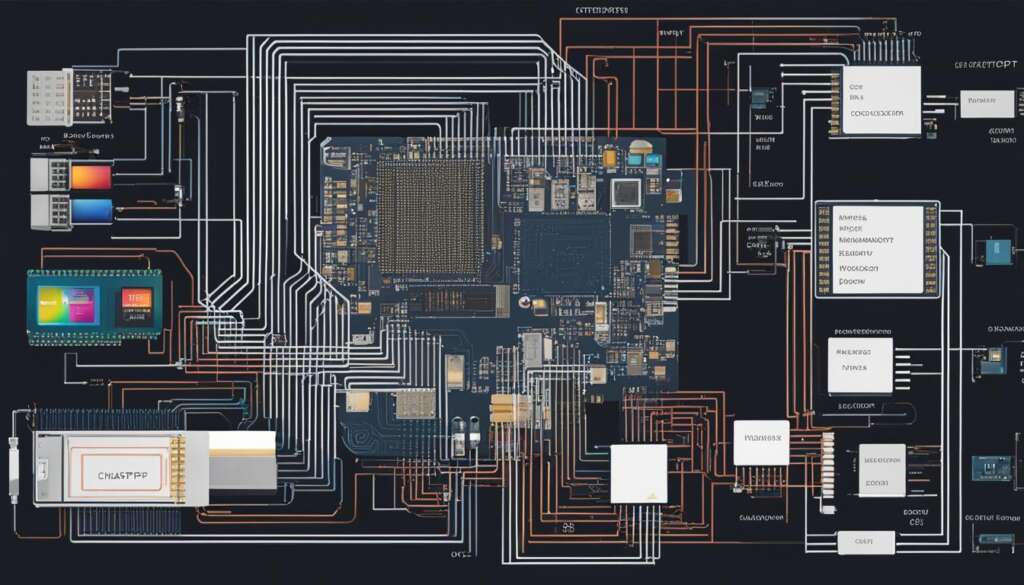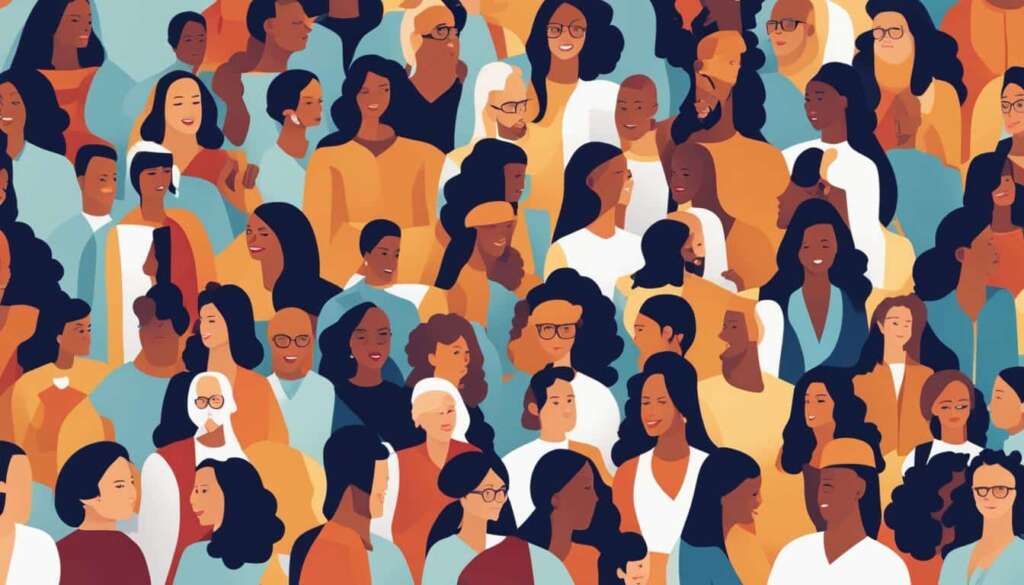Table of Contents
ChatGPT, developed by OpenAI, has played a significant role in the advancement of natural language processing and the adoption of AI. It is not the first language model, but it has popularised large language models and accelerated the growth of AI.
ChatGPT is an advanced AI chatbot powered by the GPT model, which stands for generative pretrained transformer. The GPT technology has been used in various products, including OpenAI’s Codex, Copy.ai, and Jasper.
The history of ChatGPT is closely tied to the history of OpenAI, which was founded in 2015 with the mission of developing artificial general intelligence. Over the years, OpenAI released several versions of GPT models, including GPT-1, GPT-2, and GPT-3, each with improved capabilities in understanding and generating human-like speech.
ChatGPT was introduced to the public in November 2022 and it quickly gained popularity, reaching 100 million users faster than platforms like TikTok and Instagram. OpenAI continued to enhance ChatGPT, releasing GPT-4 in March 2023, which further improved the model’s capabilities.
The Technology Behind ChatGPT
ChatGPT is built on the technology of large language models. These models, such as the GPT and BERT models, are neural networks trained on massive datasets to understand and generate human-like speech.
The transformer architecture, introduced by Google researchers in 2017, is the foundation of these models. It uses attention mechanisms to track the position, order, and hierarchy of words in a sentence, allowing the model to retain contextual information and generate meaningful text.
The transformer-based language models, including GPT models, are designed to generate output and are trained through a pre-training process. The GPT models, in particular, have gone through iterations, starting with GPT-1 and progressing to GPT-2, GPT-3, and the latest version, GPT-4.
The Impact and Implications of ChatGPT
The release of ChatGPT has had a significant impact on various industries and sectors. Businesses have integrated ChatGPT into their customer service systems and chatbots, enabling more efficient and personalised interactions with customers. ChatGPT has also been used for translation, summarisation, sentiment analysis, and other language processing tasks.
The model’s versatility and ability to understand context have made it a valuable tool in improving communication and enhancing user experiences. However, the widespread use of ChatGPT has raised concerns about its limitations and potential for misuse. OpenAI has been working to address these concerns, including implementing adversarial training to prevent jailbreaking and improving factuality.
The future of ChatGPT and conversational AI will depend on the resolution of these issues, as well as the impact of government regulations and competition from alternative AI chatbots. As AI continues to evolve and develop, it will be crucial to strike a balance between innovation and responsible use to ensure that AI technologies benefit humanity.
The Technology Behind ChatGPT
ChatGPT, like many other advanced language models, is built on the technology of large language models. These models, such as GPT and BERT, are neural networks that have been trained on extensive datasets to understand and generate human-like speech. The transformer architecture, which was introduced by Google researchers in 2017, serves as the foundation of these models.
The transformer architecture utilizes attention mechanisms to track the position, order, and hierarchy of words in a sentence. This allows the model to retain contextual information and generate coherent and meaningful responses. By understanding the relationships between words, the transformer-based models can generate accurate and contextually relevant text.
The GPT models, in particular, have undergone multiple iterations, starting from GPT-1 and progressing to the latest version, GPT-4. With each iteration, the parameters and capabilities of the models have been enhanced. GPT-4, for example, has improved the context window, factuality, and even has the ability to accept image inputs.
This technology has revolutionized natural language processing and paved the way for the development of powerful conversational AI systems. The transformer-based models, with their ability to understand and generate human-like speech, have pushed the boundaries of AI and opened up new possibilities for various applications.
The Impact and Implications of ChatGPT
The release of ChatGPT has had a significant impact on various industries and sectors. Businesses have integrated ChatGPT into their customer service systems and chatbots, enabling more efficient and personalized interactions with customers. ChatGPT has also been used for translation, summarization, sentiment analysis, and other language processing tasks. The model’s versatility and ability to understand context have made it a valuable tool in improving communication and enhancing user experiences.
However, the widespread use of ChatGPT has raised concerns about its limitations and potential for misuse. OpenAI has been working to address these concerns, including implementing adversarial training to prevent jailbreaking and improving factuality. The future of ChatGPT and conversational AI will depend on the resolution of these issues, as well as the impact of government regulations and competition from alternative AI chatbots.
For the future of ChatGPT and AI technologies, it will be crucial to strike a balance between innovation and responsible use. As AI continues to evolve and develop, it holds great potential to benefit humanity. However, we must also ensure that proper governance and ethical standards are in place to mitigate any unintended negative consequences. By carefully navigating the implications of ChatGPT, we can harness its power to revolutionize communication and pave the way for a more connected and intelligent future.
FAQ
What is ChatGPT?
ChatGPT is an advanced AI chatbot powered by the GPT model, developed by OpenAI. It is a language model that uses natural language processing and artificial intelligence to understand and generate human-like speech.
What is the GPT model?
The GPT model, which stands for generative pretrained transformer, is a technology developed by OpenAI. It is a large language model trained on massive datasets to understand and generate human-like speech. The GPT models have gone through several iterations, including GPT-1, GPT-2, GPT-3, and the latest version, GPT-4, each with improved capabilities.
How has ChatGPT impacted industries?
ChatGPT has had a significant impact on various industries and sectors. Businesses have integrated ChatGPT into their customer service systems and chatbots, improving the efficiency and personalization of customer interactions. It has also been used for translation, summarization, sentiment analysis, and other language processing tasks, enhancing communication and user experiences.
What are the concerns surrounding ChatGPT?
The widespread use of ChatGPT has raised concerns about its limitations and potential for misuse. OpenAI is addressing these concerns by implementing adversarial training to prevent jailbreaking and improving factuality. It is crucial to strike a balance between innovation and responsible use of AI technologies like ChatGPT.
What is the future of ChatGPT and conversational AI?
The future of ChatGPT and conversational AI depends on various factors, including government regulations, legal challenges, and competition from alternative generative AI chatbots. The resolution of concerns and the responsible use of AI technologies will play a crucial role in shaping the future of ChatGPT and its impact on society.













